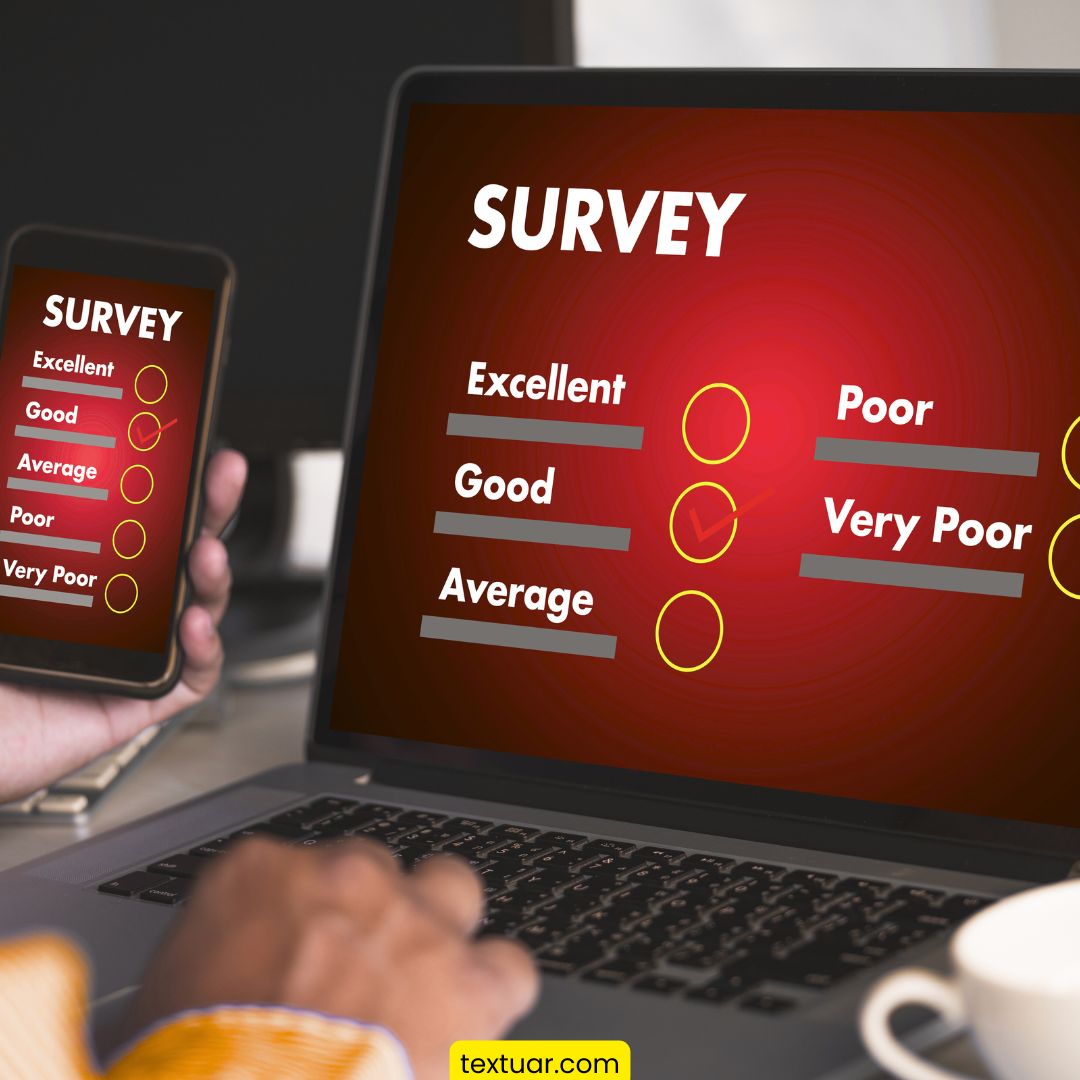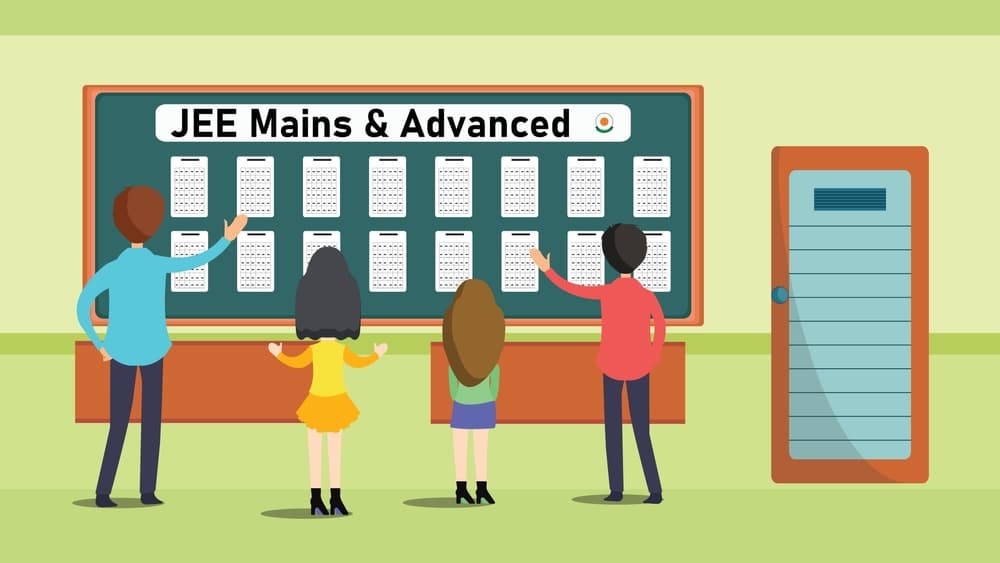The conventional purchase-to-pay process between government bodies and private suppliers was a major bottleneck for efficient procurement. However, this limitation meets a smart solution in the form of Peppol.
Today’s blog covers some interesting aspects of this form of EDI or Electronic Document Interchange.
What is Peppol?
Peppol is an abbreviation for “Pan-European Public Procurement Online”. It is a set of specifications to enable the smooth exchange of electronic documents. These include e-invoices and electronic ordering and shipping.
It is true that this standard was meant primarily for European B2B and B2G e-procurement. But gradually, it has become a global standard in e-invoicing.
When you join Peppol, you streamline operations to a great extent. Also, you would join a vast network that is reshaping how businesses interact.
What is the need for Peppol?
The demand for this standard has emerged from the inefficiencies in traditional e-procurement. It seeks to solve the problem of fragmented EDI systems. Such systems often don’t communicate with each other.
With a standardized network, Peppol eliminates the need for multiple formats and connections. The result is a drastic cut in costs and complexity.
This EU standard for invoicing the public sector has eased much of this pain and hassle.
All public sector bodies within the EU are obliged to receive e-invoices sent as Peppol invoices. So, if you are dealing with government bodies within the EU, you need to follow this standard. Doing so will help you to invoice these public sector customers.
How has Peppol grown?
The adopting countries have grown significantly in the last few years. Initially, it started in the EU, with countries like Sweden and Norway. But recently, we have seen non-EU participation grow quite a lot. Japan, Singapore, Australia, and New Zealand have adopted this standard. Malaysia is quite close to adopting this.
In fact, Singapore now has the second-highest number of registered Peppol receivers after Norway. The top 5 countries by Peppol receivers are Norway, Singapore, Belgium, Denmark, and Sweden.
The reason for this growth is the rise of access points that facilitate e-invoicing as per Peppol norms. The number of certified access points grew from 156 in 2017 to 318 in 2021.
In the next few years, we forecast continuous growth in the adoption of this standard.
What is the Peppol infrastructure?
The OpenPeppol Association has 39 countries as members. Almost all of them have some e-invoicing legislation and mandates that govern the use of this standard. There is a difference in the extent to which Peppol guidelines are met by different countries. Some countries like Singapore have very relaxed e-invoicing regulations. But others, like Sweden, have fully embraced the standard.
Its infrastructure is defined by the 4-corner model, which consists of-
– The sender
– The receiver
– The sender’s access point
– The receiver’s access point.
The access points are service providers authorized by the Peppol authorities. They act as a gateway to the Peppol network. They are concerned with the transmission and receipt of electronic documents. The use of standardized document formats like UBL in this four-corner model is the key to the success of the overall standard. The way countries use this model differs across nations.
Let us see the gist of this variance now.
How different countries have adopted Peppol?
1 – Mandatory Peppol regulations
Sweden, Norway, and Luxembourg have made Peppol compulsory. Even Cyprus, Iceland, and Ireland have made this form of e-invoicing mandatory.
2 – Full integration with existing platforms
Belgium and France have integrated Peppol fully into their existing government platforms.
3 – Legal amendment to make way for Peppol
Bulgaria and Denmark have modified their existing laws to allow better integration of the standard for e-invoking transactions.
4 – No e-invoicing regulations
Australia, New Zealand, Singapore, and Japan prefer using Peppol. But there is no e-invoicing legislation yet. The same is the case with the United States.
5 – Use of access points
The UK prefers access points for NHS e-invoicing. In Australia, you can send e-invoices to government authorities via Peppol access points.
6 – Use of Peppol e-invoicing format
Greece and the Netherlands encourage businesses to follow this e-invoicing format for simplicity and efficiency. They prefer using the PEPPOL BIS Billing 3.0 format.
How to implement Peppol?
1 – Assessment
Check systems and evaluate processes. This step will help you examine Peppol readiness.
2 – Choose an access point
You should select a certified service provider. Doing so will help you connect to the Peppol network.
3 – Get your ID
You can obtain your unique identifier to access the Peppol network
4 – System integration
Fine-tune your existing ERP or accounting system to align with Peppol standards
5 – Document mapping
Shift to UBL document format to align with Peppol norms.
6 – Test the connection
You need to check if your Peppol connection is working fine. For this, you can get in touch with the access point provider and perform tests to ensure everything is working fine.
Once you verify the setup is properly configured, you can start exchanging e-documents with other businesses and public sector authorities.
Challenges and opportunities in Peppol adoption
1 – Extent of Adoption
A key challenge is technical integration with Peppol. This step tends to be complex for companies with legacy systems. You may need to invest time and resources to align with the Peppol norms.
You can spot an opportunity in the form of modernizing your EDI systems. This will lead to a boost in efficiency. Plus, you can streamline data management across the entire organization.
2 – Processes
It might be challenging to keep up with the e-invoicing regulations of different nations. Every country will have its own mandates in place. You may find it difficult to handle this variety without proper training and education.
This also gives an opportunity to expedite Peppol adoption. It will streamline electronic document exchange to a great extent. Plus, the challenge will motivate your company to train employees and bring them in line with the expected mandates of this standard.
3 – Regulatory compliance
Your team will have to navigate complexities in various nations’ compliance requirements. This is especially applicable to international transactions.
This challenge creates an opportunity for companies to develop robust compliance frameworks. Doing this will potentially position them as leaders in their industries. They can easily build trust with international partners and regulators.
Conclusion
Peppol has emerged as the de facto standard for cross-border commercial transactions and government e-invoicing. Clear facilitate Peppol e-invoicing setup and usage for your business. We help you connect with access points and get started. You can schedule a consultation with our experts on e-invoicing to get more details.





